Though it runs contrary to what Indiana Jones might say, archaeology is not worth dying for. COVID-19 has helped introduce needed additional safety practices to the profession.
Archaeology can be dramatic, thrilling, dazzling, provocative and inspiring, but it is generally not worth dying for. But while my colleagues around the country were cancelling their summer field classes, I searched for ways to work safely in the field. I didn’t do this because of a macho desire to get out into the field. Rather, Michigan Technological University and the community of Ripley needed help to repair damage from the June 2018 flood and we had to measure one risk against another — our ability to work safely during a pandemic versus the threat of summer storms washing more unstable debris onto the town.
The community of Ripley experienced some of the most terrible flooding damage in 2018. My friends and colleagues fled their homes as water poured from the narrow ravine above the town. The water was thick with boulders, cobbles, and sediment which had slipped from Mont Ripley into a flooding stream. In the days that followed, first responders and volunteers spread out to start the work of stabilizing slopes, filling holes, shoring up houses and otherwise make the landscape safer for people. As residents started to rebuild their lives, help arrived from outside, including offers of money from the Federal Emergency Management Agency (FEMA) and donations from caring people. The DNR brought in heavy equipment to clear rock and sediment from the stream channel and build berms so the water would again safely flow through Ripley.
FEMA required MTU to complete an archaeological survey before we could qualify for funding to complete the largest stabilization and repair work. I’d prepared permit applications and a research design. Then COVID-19 hit and shut everything down.
Some archaeologists work in essential industries. In this case that included my colleagues who conduct archaeology survey as part of the environmental and engineering review process for infrastructure, energy, and other development — they kept working through the crisis in some states. Lots of people were doing outdoor work: earthmoving, construction and landscaping, as well as other field scientists.
I started to ask around: How were people making our fieldwork process safer? How had they changed their work flow?
Advice flowed in: Social distancing. Wear masks. One person per vehicle. Don’t share tools. Stay outside all the time. Don’t use public bathrooms. Don’t share water bottles. Monitor for symptoms. Have special care for vulnerable people on the site — elders and people from more at-risk populations. Sterile wipes for anything that must be shared.
Archaeology Field School at MTU
Michigan Tech’s Department of Social Sciences hosts an archaeology field school every summer. Students have excavated foundries, the ruins of buildings in former boom towns, CCC and POW camps, WWI barracks, and lighthouse keeper’s homes to name a few locations.
Everyone was hampered by how little we knew about the virus; they were all making the best decisions they could with imperfect information.
I created a public Google document in which I listed all the safety practices that I could find, sorting out the smartest and best advice. I circulated the page widely on social media, fielding comments from hundreds of archaeologists and other field scientists. I joined Michigan Tech’s weekly meetings on reopening our research labs and I shared my document there, adding more from my field science colleges at MTU.
I worked with my department chair on my plan. I recommended some specific ideas:
- Stay small. Even though many students in the country need an archaeology class before they graduate, you can’t teach fieldwork skills while social distancing unless you have a very small number of students to worry about.
- Stay outside and distant. Dig less and learn more. Split the days, spend mornings in the field and then afternoons on Zoom.
- Survey at 5-meter or 10-meter transects, dig shovel test probes alone instead of a two-person team. Concentrate on survey and not intensive excavation. Survey is inherently regulated to socially distance.
There is no way that this field school can be anything like a normal one. Two people can’t crouch into an excavation grid and put their noses in a pit feature to look closely at the sediment and soil. We can’t pass objects back and forth. We can’t look closely at objects together.
But the more I’ve thought about this, I also realized that COVID-19 provides a teachable moment for archaeology: Explain safer practices in the workflow as part of an archaeologists’ larger ethical and legal requirements to work safely as professionals.
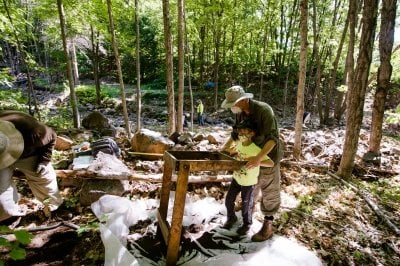
Indiana Jones is Just a Movie
Archaeologists are notorious for their macho and cavalier attitude about health and wellness in the field. Many wear their “cowboys of science” moniker as a badge of pride. Students and workers digging in deep and dangerous excavation pits, with rigged-up ladders and unsafe scaffolds, lifting heavy objects without tools, digging in dirt with no thought of chemical or biological contaminants… These are the residues of colonialism in archaeology, a field practice and workflow developed where workers’ lives were less valued than the lives of people at home.
Modern archaeological ethics define our obligations toward the archaeological resources — sites, artifacts and landscapes that matter. But we also have an obligation to care for our coworkers, our students, our clients and the people who are stakeholders in the heritage we study. I introduced my students to the #OSHAViolations hashtag on social media. Professionals know better.
I showed them a picture of another university student kneeling at the bottom of a “phone booth” excavation unit, at least seven feet down in a square hole that measured three feet on a side. We have to balance risk in everything we do, but I told them: “Archaeology is not worth dying for. Be a professional.”
Michigan Technological University is an R1 public research university founded in 1885 in Houghton, and is home to nearly 7,500 students from more than 60 countries around the world. Consistently ranked among the best universities in the country for return on investment, Michigan's flagship technological university offers more than 185 undergraduate and graduate degree programs in science and technology, engineering, computing, forestry, business, health professions, humanities, mathematics, social sciences, and the arts. The rural campus is situated just miles from Lake Superior in Michigan's Upper Peninsula, offering year-round opportunities for outdoor adventure.
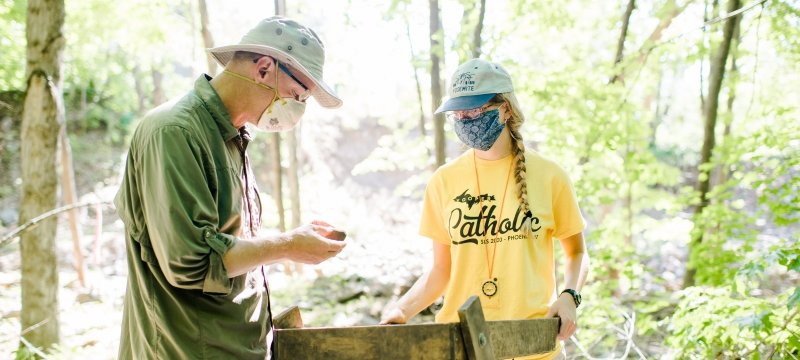
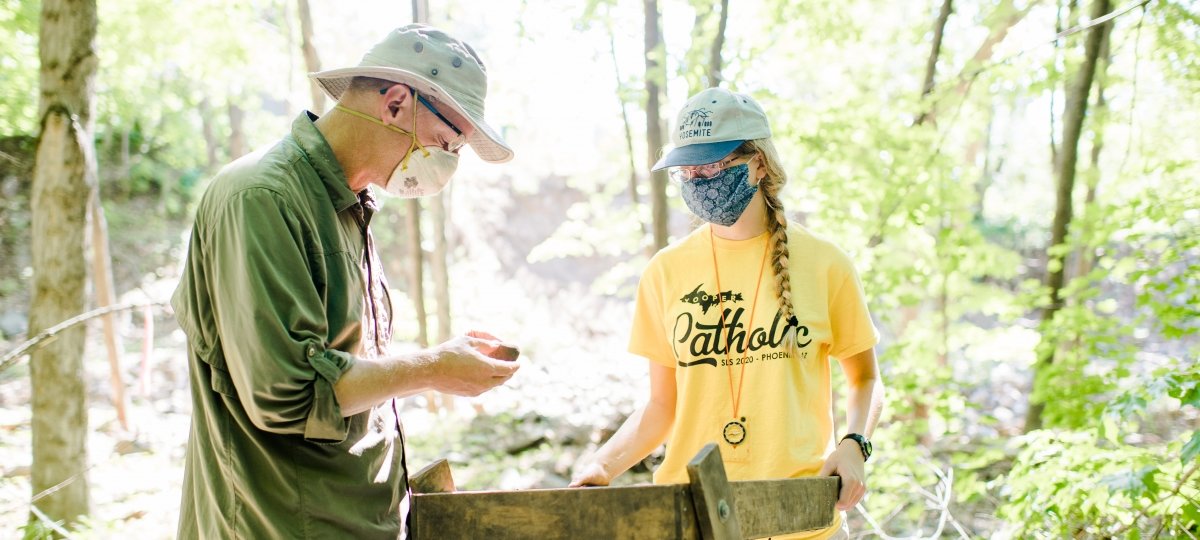
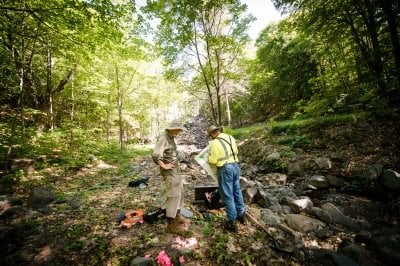
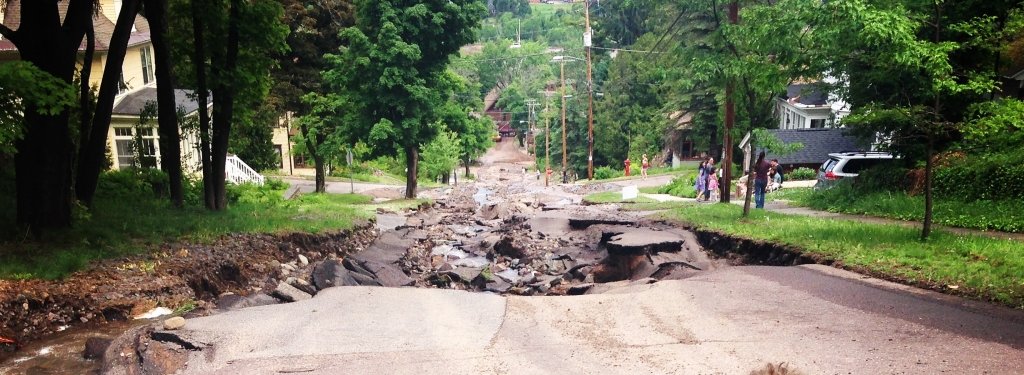
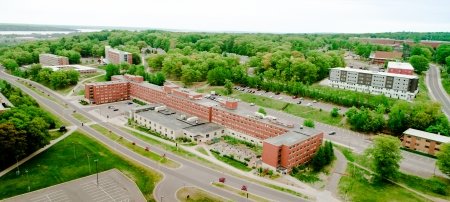

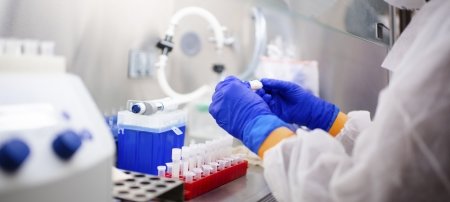
Comments